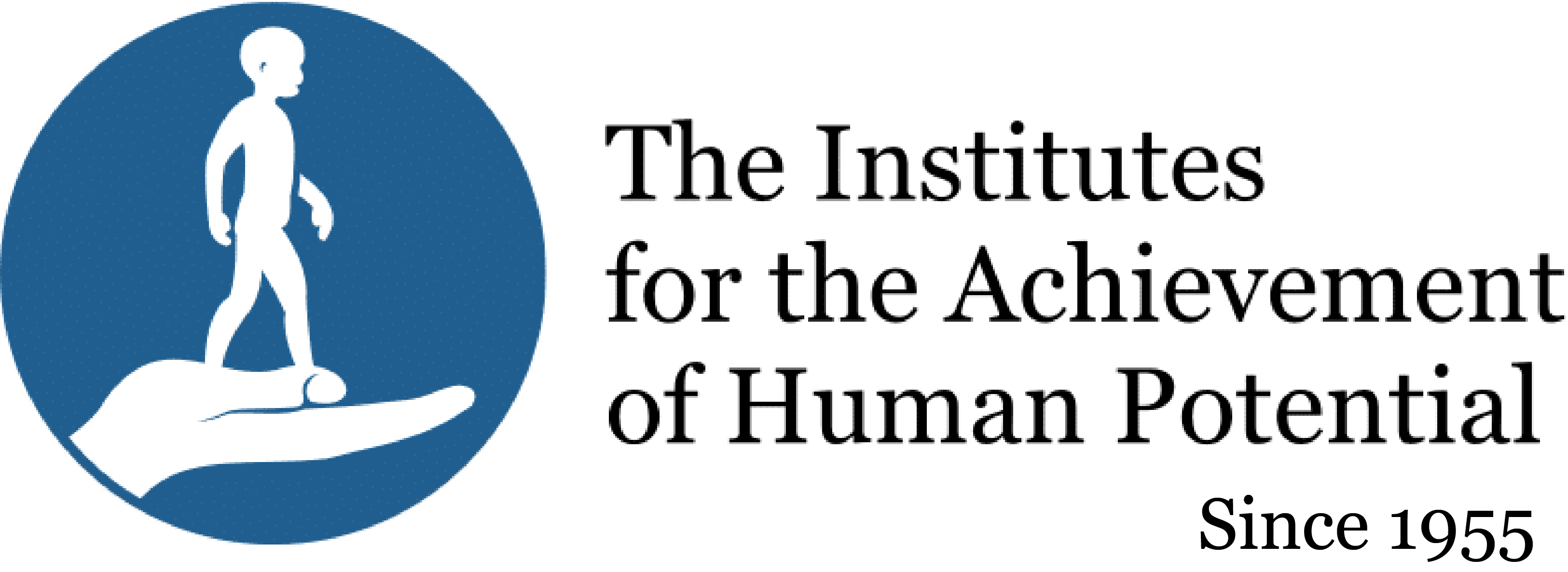Duke University Study Confirms Babies Can Differentiate Quantity
Teaching Babies Math:
Babies Innate Number Sense Predicts Future Math Skill

Michael may be a baby but he is ready to learn the language of math
New research from the Duke Institute for Brain Sciences supports the math ability of infants. “The use of Arabic numerals to represent different values is a characteristic unique to humans, not seen outside our species. But we aren’t born with this skill. Infants don’t have the words to count to 10. So, scientists have hypothesized that the rudimentary sense of numbers in infants is the foundation for higher-level math understanding.”
How To Teach Your Baby Math was first published in 1979. The book proposes that very young babies can easily differentiate quantity.
Tiny children can actually see and almost instantly identify the actual number of objects…if they are given the opportunity to do so early enough in life and before they are introduced to numerals. This gives tiny children a staggering advantage over all adults in learning to do and actually to understand what is happening in arithmetic.” – Glenn Doman
The Math Program of The Institutes for the Achievement of Human Potential uses dots on white cards with dots going from one dot on a card up to one hundred dots. After learning the quantities, babies are able to add, subtract, multiply, and divide the quantities using the dot cards. Mothers and babies all over the world have used this program with great success.

In the first few weeks of life, Maria is given the opportunity to see different quantities of dots
The recent study done at Duke University has demonstrated that infants have an innate understanding of quantity. Researchers were able to study the babies by following their eye movements while showing them quantities on different screens. On one screen, the same quantity was shown repeatedly in different patterns. On another screen, the quantities shown changed. The babies chose to watch the screen where quantities were changing rather than the screen where the same quantity repeated. Even when the same quantity was shown repeatedly in different patterns, this was not as stimulating to the babies as when the quantities changed. The researchers found that infants with better “number sense” (ability to differentiate quantity) performed better on math tests when they were 3 years old.
This study confirms what we have been observing in our babies for four decades:
Babies can differentiate quantities with ease.
Babies always want to learn something new.
Babies are interested in quantities, and are not distracted by patterns.

Mindy sees addition, subtraction, multiplication and division using quantities only.
Our own data shows that when babies are consistently given the opportunity to see quantities at birth or shortly thereafter these babies do develop “number sense”. By age four these same children have great attention, interest and enthusiasm for any aspect of mathematics that can be presented in an honest, factual and joyous way.
To read the article about the Duke University study, click here.
To learn more about The Institutes math program, click here.

 Donate
Donate








